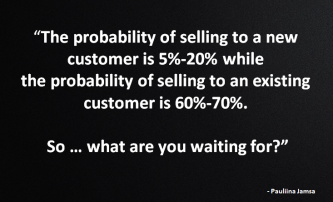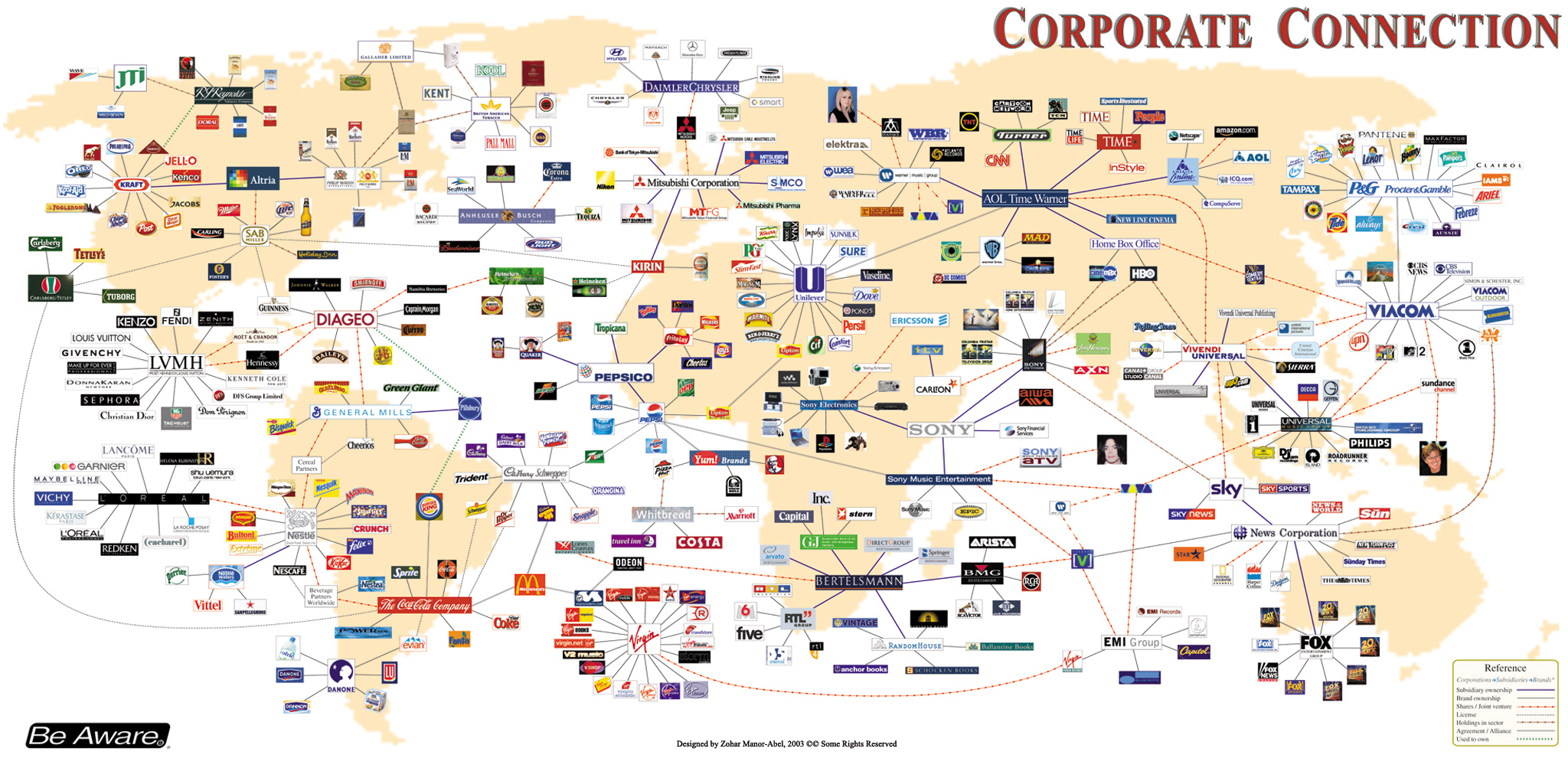 According to Marketing Metrics, the probability of selling to a new customer is 5%-20% while the probability of selling to an existing customer is 60%–70%. It also costs 6–7 times more to acquire a new customer than retain an existing one, yet marketers seem to be still more focused on acquisition than retention. Econsultancy Cross Channel Marketing Report states that only 15% of companies surveyed were ‘more focused on retention’.
According to Marketing Metrics, the probability of selling to a new customer is 5%-20% while the probability of selling to an existing customer is 60%–70%. It also costs 6–7 times more to acquire a new customer than retain an existing one, yet marketers seem to be still more focused on acquisition than retention. Econsultancy Cross Channel Marketing Report states that only 15% of companies surveyed were ‘more focused on retention’.
But maybe this is because only 42% of companies were actually able to measure their customer lifetime value.
Why to measure CLV
Measuring your customer lifetime value can be complicated especially in International environment, but if you do not measure it, you cannot use the precious insights to build your customer retention strategy and to skyrocket your profits. Having a clear idea how much your customers are worth can help you improve your marketing campaigns: these figures allow you to analyse which segments, channels and digital touch points bring you the maximum engagement and highest ROI in each country.
In the end, when you are planning your yearly budget, it is important to determine whether a consumer is going to be profitable or not and for how long. When you have your CLV numbers, you can decide how much you should invest in retaining existing customers, how you should divide budget between retention and acquisition, and how you should split it across each channel, market and country.
But before you kick off the project, please make sure that you have correct, up-to-date “big” data as old or incorrect data will not give you the right insights. Sounds obvious, but unfortunately it is a much more common mistake than you think.
How to measure CLV:
There are many ways to measure customer lifetime cost and the simplest way to calculate it is by taking customer revenue minus the cost to acquire and then serve the customer. Do not just take the average gross profit and assume that number to be the lifetime value of your customer: remember to include customer acquisition cost!
When you want to be more specific, add on the Retention Rate, the rate at which your company retains its customer base. According to a study by Bain & Company, increasing your RR by 5% could potentially increase a company’s profit by 25% to 90% (now that’s something top management and finance team would love to hear!)
(Gross Profit – Customer Acquisition Cost) * (Retention Rate / (1 + Discount rate – Retention Rate)
What is important though is to also identify moments where value is created, pull the customer data together and create a view of the customer journey – and of course measure profit at each point. Which brings me to the next point…
Segment your customer base (please…!)
It is so important that it deserves its own headline. Not all customers are the same. Customer lifetime value is a very – very – useless number if you do not segment your customers. You will also need to continuously measure and compare it with the previous numbers. When you compare the results, you can see whether your marketing campaigns have worked or not, for example by making sure your CLV ratio is higher than your Customer Acquisition Cost. Long way short: make sure you are not throwing money out of the window.
Share your knowledge
In international environment, one of the biggest challenges is to ensure all departments in the business as well as local market units work together to create a seamless customer journey across different channels, from call centre to social media to point of sale. With big data, CLV numbers and insights these two bring, you can understand the customer journey much better, seeing how, when and where people are buying, researching and engaging with your brand.
These numbers will help you to explain all parties from top management and finance team to local market teams and customer service managers why customer retention is so important and why their contribution matters in each touch point. Each team can also provide precious insight and ideas from their experience with customers back to the management.
Understanding the consumers’ on-line and offline behaviour is one of the pillars for establishing engaging – and profitable – relationships with customers, but it is as important to share the insights with all the departments.
Having insight is great, but if it is not implemented … what’s the point?







